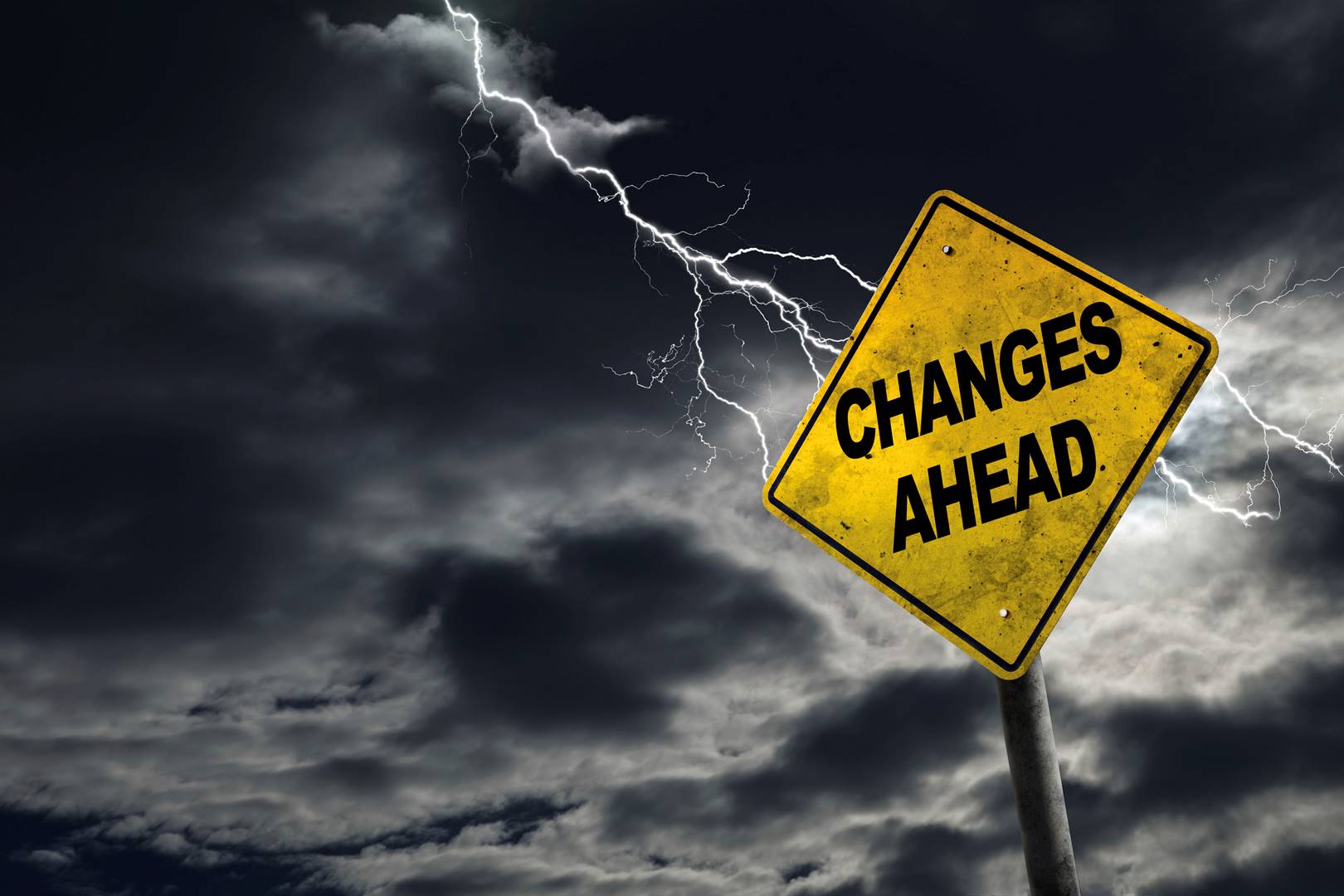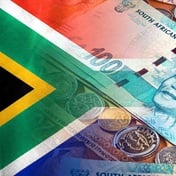
South Africa can learn from India’s economic reform experience in the 1990s, which led to a 5% growth in the economy, writes Hlengani Mathebula
South Africa has yet another opportunity to reform its economy, raise the economic growth rate, create more jobs and ensure that the growth benefits as many people as possible.
But as international experience as well as South Africa’s own shows, economic reform is easier said than done.
If it were easy to do, all nations would be wealthy.
Part of the reason economic reform isn’t easy is because good economics doesn’t necessarily make good politics.
The reverse is also true.
This is why good economic policies need careful political management.
There are many countries, including South Africa, where good economic policies weren’t implemented, or were abandoned halfway through, because they were opposed by well-organised sections of the electorate.
In a democracy, politicians always have an eye on the next electoral contest.
South Africa has made many attempts at economic reform during the past 25 years.
Many of these attempts didn’t make much headway, either because the full package wasn’t, or aspects of it weren’t, implemented.
The reform package that was pushed through successfully, albeit not in its entirety, was the 1996 Growth, Employment and Redistribution (GEAR).
The successful implementation of the GEAR macroeconomic reform strategy was partly due to the fact that it was introduced at a time when civil society was at its weakest during the post-apartheid government’s honeymoon period.
This time it’s different. The honeymoon is long gone. Civil society is much more alert.
This time is also different because the country’s economy has its back against the wall.
Economic growth has slowed down to a snail’s pace. The impact of all this is that jobs are scarce, pushing unemployment higher.
Government finances are at their weakest – debt has more than doubled as a percentage of the size of the economy since 2007, tax revenue isn’t growing and government is being sucked deeper into the quagmire of state-owned enterprises (SOEs).
When looked at purely from the view of government debt, South Africa’s situation is not too dissimilar to the mid-1990s. There are differences though.
Then government debt as a percentage of GDP was below 50% and government didn’t have Eskom and other SOEs to bail out.
So, economic reform this time around isn’t a luxury. It’s more urgent than it’s ever been as our country’s economic situation is quite dire.
Therefore the package of measures proposed by the ministry of finance deserves the country’s support.
The document Economic transformation, inclusive growth, and competitiveness: Towards an Economic Strategy for South Africa, proposes a wide range of measures. None are new. They have been served before us, albeit as part of a different menu of economic reform proposals.
This doesn’t make them any less valid.
- Modernisation of network industries (including telecommunications and transport);
- Lowering of barriers to entry and fixing the distorted patterns of business ownership;
- Prioritisation of labour intensive sectors such as agriculture and services;
- Implementation of flexible and focused industrial and trade policies; and
- Promotion of export competitiveness and regional growth opportunities.
But bearing in mind that good economics doesn’t make good politics, government must tread carefully in driving the economic reform agenda.
Government should not seek to implement the entire package at once.
Rather, it should implement immediately all those reforms that are less contested.
Debates can then continue as the country’s political leadership seeks to bring on board those sections of our society that are opposed to some of the reforms.
Government should bear in mind that often it’s the small changes that cumulatively have the biggest impact.
But government should also start the reform process with the uncontested elements of the reform package so that economic reforms can gather momentum.
Aiming at the highly contested reforms at the beginning will stall the reform agenda as the political leadership gets bogged down in street battles.
In this, South Africa can learn from India’s economic reform experience in the early 1990s.
Then, the Indian government successfully introduced economic reforms that would lift the country’s growth rate above 5%, a rate India has sustained over the years.
At the same time as India successfully implemented some reforms, it made very little, if any, progress on others.
India’s experience in the 1990s is particularly instructive because the successful implementation of reforms was done by a minority government when a majority government, which was led by the same political party, had five years earlier failed to drive through the reform agenda.
India and South Africa have a lot of similarities but they also have huge differences too. The use of India’s experience here is purely illustrative.
What we learn from India’s economic reforms in the 1990s is that there are major differences between reforms that affect the elites versus those that impact on the masses in any society.
Reforms that are likely to affect the masses always run the risk of getting large numbers of people on to the streets in protest, the very thing any sensible politician doesn’t want.
In his analysis of India’s reforms of the 1990s, Ashutosh Varshney suggests a very simple test of whether a reform measure will attract the attention of the masses.
Varshney is Sol Goldman professor of international studies and the social sciences and professor of political science at Brown University in the US, where he is director of the Centre for Contemporary South Asia.
Varshney’s test is simply: how many people will be affected by the policy; how organised are they; and, lastly, will the effect of the policy be direct, obvious, and brief, or indirect, subtle and lasting.
The more direct the impact of an economic reform measure, the more people are affected by it; and the more organised those affected by it are, the greater the chance that such reform will enter mass politics.
Mass politics often translates into mass protests.
The other lesson from India is about taking advantage of opportunities for driving through economic reforms.
It helps to have an issue – the more emotive the better – that keeps the electorate focused elsewhere, away from economic reforms.
When there’s an issue that preoccupies an electorate for some time, that creates political room for pushing through some of the reforms.
This applies in particular to an issue that grabs the emotive imagination of the electorate.
In India’s case in the 1990s, the emotive issue related to ethnic conflict.
Political leadership in South Africa will have to keep its ear to the ground so it can pick up on the issues that preoccupy the emotional imagination of the majority.
Business leaders often argue, naively, that politicians should pay greater attention to economic issues so that economic reforms would be much easier to drive.
As Varshney points out, such an approach is possible under authoritarian regimes, not in democracies.
The Treasury document mentioned earlier contains a good mix of reforms that will not agitate the masses and those that will most likely get the masses into the streets.
The document proposes, for example, that government invests in innovative market linkages to assist small-scale farmers achieve scale and ultimately graduate into emerging and commercial farmers.
It also calls for a greater and more stable budget allocation for tourism promotion agencies as well as special measures to cushion their budgets, specifically marketing budgets, against fluctuations in the value of the rand against major currencies.
I am not aware of any constituency, worthy of worry to politicians, that will oppose these measures.
The lesson therefore from India’s economic reforms of the 1990s is simply this: To get the economic reform train moving, start with those reforms that are not going to arouse the emotions of the masses.
But that doesn’t mean giving up on the reforms that will most likely get the masses on to the streets.
Such an approach gets the agenda off the conference venues into where it runs the risk of making a big difference over time.
Given all the pressures government, the economy and the people of South Africa are facing, government has to implement the reforms contained in the Treasury document in earnest.
Hlengani Mathebula is a former senior executive at the Reserve Bank and SA Revenue Service, and chairperson of the Black Business Executive Circle




 Publications
Publications
 Partners
Partners









